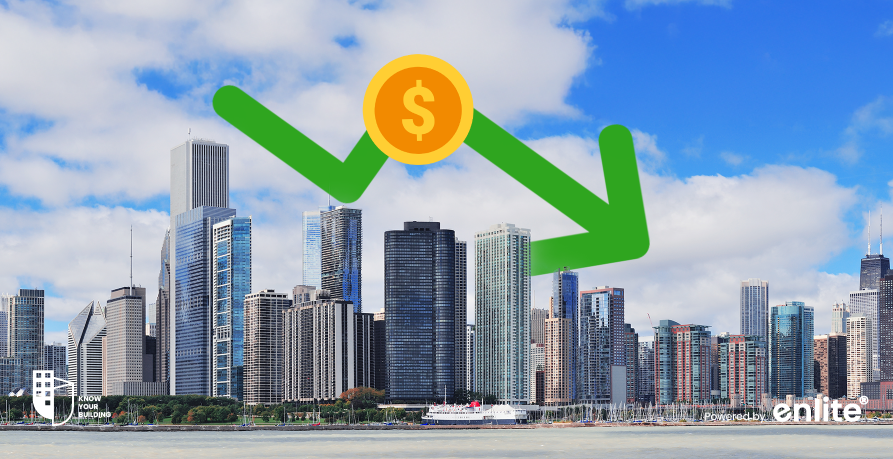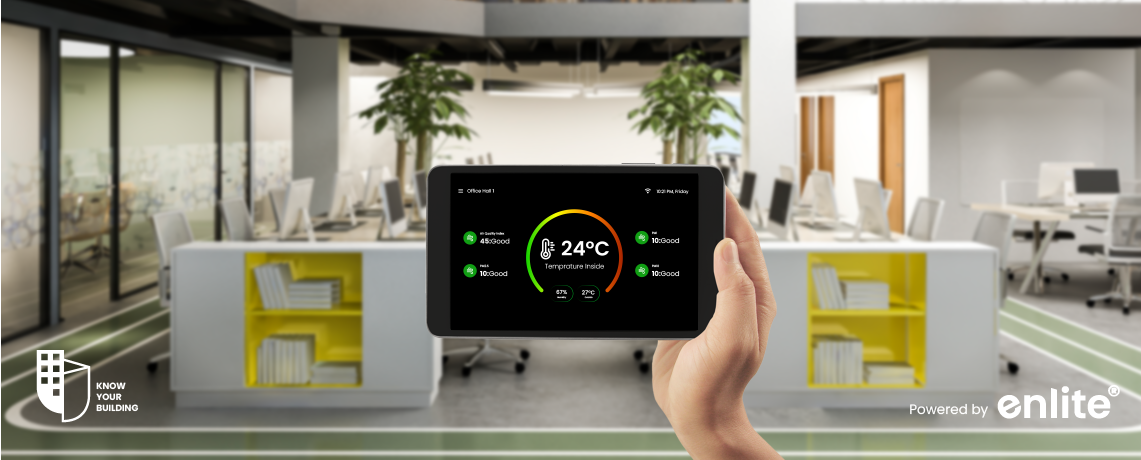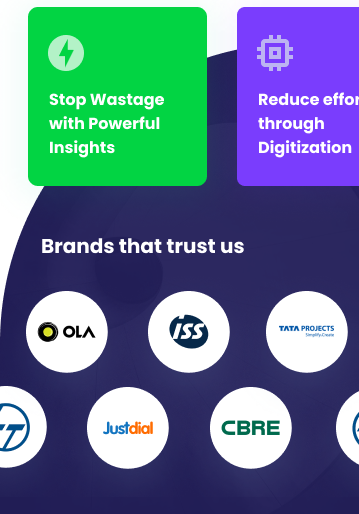Introduction
As commercial buildings continue to evolve, smart building technology is playing a crucial role in optimizing operations and reducing costs. Managing a facility efficiently requires real-time data, automation, and predictive insights. By implementing Building Management Systems (BMS) and IoT-powered solutions, businesses can significantly lower energy consumption, maintenance costs, and operational inefficiencies.
How Smart Building Technology Lowers Costs
1. Energy Efficiency and Cost Reduction
One of the largest expenses for commercial buildings is energy consumption. HVAC systems, lighting, and electrical appliances consume massive amounts of energy, leading to high operational costs.
How Smart Tech Helps:
- Automated HVAC control optimizes temperature settings based on occupancy and weather conditions.
- Smart lighting systems adjust brightness according to daylight and occupancy levels.
- Real-time energy monitoring provides insights to reduce unnecessary power consumption.
Cost Savings:
- Up to 30% reduction in energy bills.
- Lower peak demand charges by optimizing energy use during non-peak hours.
2. Predictive Maintenance Reduces Repair Costs
Traditional maintenance approaches rely on reactive or scheduled servicing, which can lead to unexpected failures and expensive emergency repairs.
How Smart Tech Helps:
- AI-powered predictive maintenance detects early warning signs of equipment failure.
- Automated alerts notify facility managers before breakdowns occur.
- IoT sensors track real-time performance of HVAC, elevators, and electrical systems.
Cost Savings:
- Reduces unexpected equipment failures by 40%.
- Extends the lifespan of building assets by 20-30%.
3. Optimized Space Utilization
Underutilized office spaces, meeting rooms, and common areas contribute to wasted resources and unnecessary overhead expenses.
How Smart Tech Helps:
- Occupancy sensors track space usage and optimize seating arrangements.
- Automated workspace booking systems prevent overcrowding and wasted spaces.
- Data-driven insights help redesign floor plans to maximize efficiency.
Cost Savings:
- Reduces real estate and facility costs by 15-25%.
- Improves resource allocation without unnecessary expansions.
4. Smart Security and Access Control
Security and access management in commercial buildings often involve manual labor, expensive security personnel, and outdated entry systems.
How Smart Tech Helps:
- Biometric and mobile-based access control reduces reliance on physical security staff.
- CCTV with AI analytics automates threat detection.
- Cloud-based access logs eliminate manual tracking of entry and exit points.
Cost Savings:
- Reduces security staffing costs by up to 20%.
- Lowers risk of theft and unauthorized access, preventing financial losses.
5. Water and Resource Management
Water wastage and inefficient plumbing systems contribute to unnecessary utility expenses in large buildings.
How Smart Tech Helps:
- Leak detection sensors identify water leaks before they cause damage.
- Automated irrigation systems optimize water usage based on weather conditions.
- Smart metering ensures real-time water consumption monitoring.
Cost Savings:
- Cuts water expenses by 15-30%.
- Prevents costly repairs from undetected leaks.
6. Remote Building Management and Automation
Facility managers often struggle with manual oversight, requiring frequent on-site monitoring and inefficient response times to maintenance issues.
How Smart Tech Helps:
- Cloud-based BMS platforms allow remote monitoring and control.
- AI-driven automation ensures optimal building performance without manual intervention.
- Mobile access for facility managers improves response times to critical issues.
Cost Savings:
- Reduces operational workload by 30-40%.
- Lowers administrative overhead costs by automating routine tasks.
Future of Cost Optimization in Smart Buildings
With advancements in AI, IoT, and data analytics, the future of smart buildings will focus on:
- AI-driven autonomous buildings that self-optimize in real-time.
- Blockchain-based energy trading for cost-efficient power distribution.
- 5G-powered smart infrastructure for enhanced connectivity and automation.
Final Thoughts
By leveraging smart building technology, businesses can significantly reduce operational costs while improving efficiency, security, and sustainability. A cloud-native BMS like Know Your Building helps commercial real estate owners and facility managers unlock cost savings through automation and data-driven insights.
Want to cut down your building’s operational costs? Explore how Know Your Building can help optimize your facility management. Contact us today for a free consultation!














